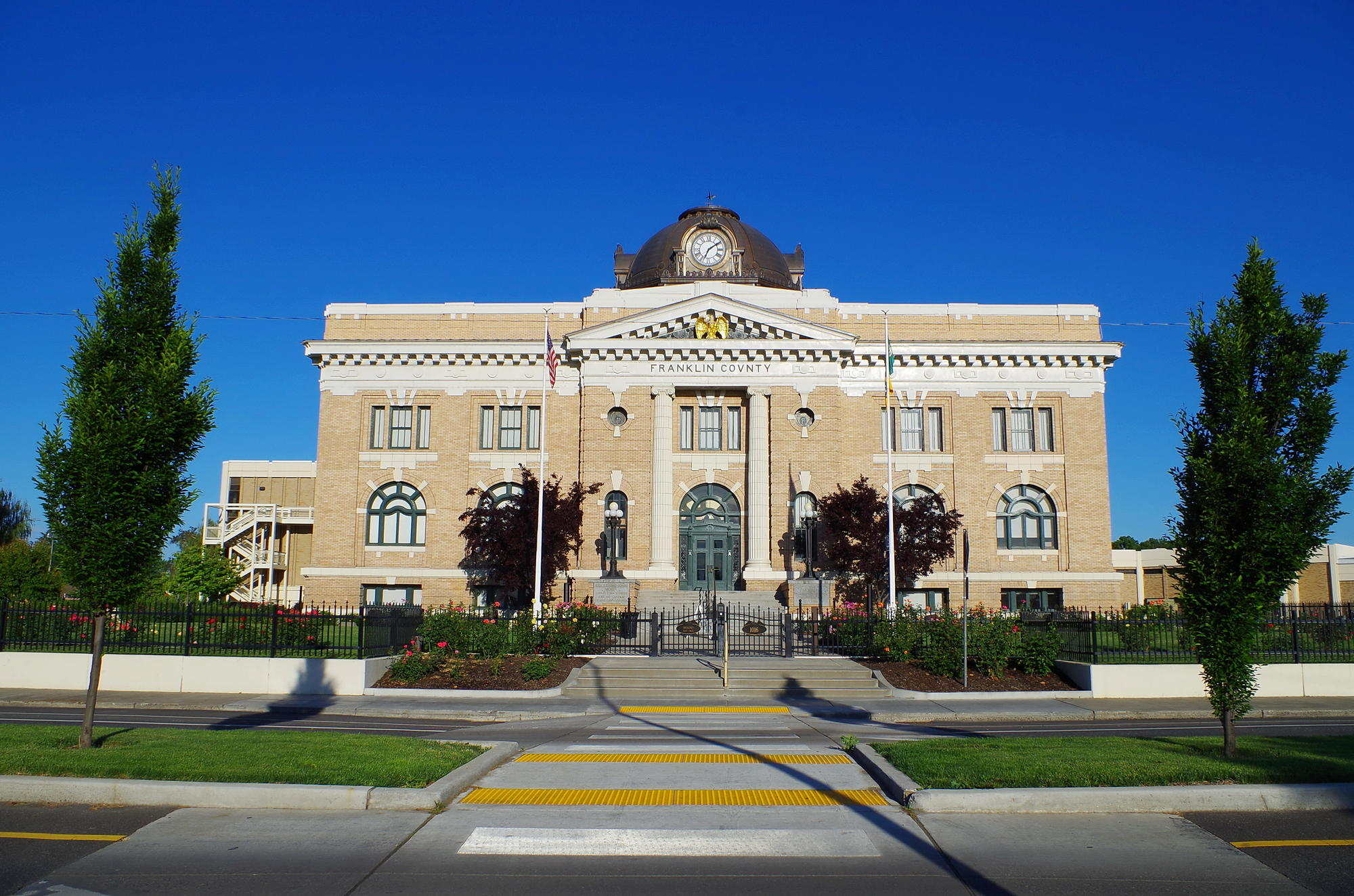
Millions of dollars, few details
Passed in March 2021, the American Rescue Plan was pitched as an economic booster shot, meant to both hasten recovery in the short term and address the far-reaching impacts of the pandemic. It offered more than double the amount of direct aid to state and local governments ($350 billion) as the CARES Act, plus time and freedom rarely afforded by federal dollars, giving jurisdictions until 2024 to allocate and until 2026 to spend the money.
Eli Byerly-Duke, a senior research assistant at the Brookings Institution who works on their Local Government ARPA Investment Tracker, said that the aid program was designed to counteract what many Democratic lawmakers perceived as the shortcomings of the federal response to the 2008 economic crisis.
“There was a widespread sense after and during the Great Recession that too many working Americans paid the price of a big economic collapse that was not their fault, and that the recovery took too long to reach working people,” Byerly-Duke said. “Part of the takeaway that many had was that the federal government could have intervened more dramatically.”
This story is a part of Crosscut’s WA Recovery Watch, an investigative project tracking federal dollars in Washington state.
Cities and counties must submit annual reports on the direct funding to the U.S. Treasury, fitting their expenditures into one of four categories and describing each project funded with ARPA dollars. For many smaller jurisdictions, the first report came due April 30, and Treasury released a large batch of that data in mid-July. But instead of itemized reports, entities that designate funds as revenue replacement can now check “yes” to the $10 million allowance and report as much as they want – or nothing at all – about how that money will be spent.
Most Washington local governments have taken advantage of the new flexibility: Of 310 local governments in the state reporting expenses to the federal government, 267 governments, or 86%, had claimed the standard allowance, according to Treasury data. Of the nearly $2.7 billion in direct dollars to local governments in Washington, officials have so far claimed 28% as revenue replacement, totaling more than $752 million.
Of 21 counties that reported expenses under revenue replacement, a few provided detailed breakdowns of specific projects. Stevens County, in the northeast corner of Washington, submitted 16 reports detailing purchases as small as $4,000 for membership dues to the Association of Washington Counties.
But others provided brief, general descriptions of millions in spending.
Wahkiakum County reported "funds used for salaries and operational services." Franklin County submitted: "Funds to be used for various projects, priorities currently being identified." Yakima County just wrote: “Revenue Replacement Funds.”
The abbreviated reporting process leaves it up to local governments to decide how much information to offer their residents about ARPA spending.
Seattle has an interactive tracker that breaks down each line item. Kenmore has a webpage with pie charts, FAQs and a drop-down menu with details about each allocation. They also did an online poll where residents could vote on specific programs.
But many counties across the state lack even a basic public accounting of where ARPA dollars are going. Unless residents regularly attend legislative meetings, comb through budget documents, or request the information directly from their representatives, relief dollars can be spent more or less invisibly.
Crosscut filed records requests with over 30 counties in Washington seeking line by line accountings of their ARPA allocations. Some returned detailed spreadsheets with descriptions of each expenditure; others offered lists with phrases like “sheriff equipment” or “website upgrade.” (Those documents are available in Crosscut’s Recovery Watch Records Library.)
In some cases, county officials responded by citing revenue replacement without providing documents or offered minimal descriptions similar to those in the Treasury reports.
Benton County, which received $19.8 million from ARPA, did provide documents showing about $8 million in ARPA commitments. But multiple officials there consistently declined to say how the $10 million the county claimed in “revenue replacement” was being used.
In response to an email inquiry from Crosscut, Benton County spokesperson Shyanne Palmus wrote that the $10 million would be spent on “general government services … for county departments and functions.”
Shon Small, chair of Benton’s Board of County Commissioners, directed questions about the $10 million his county claimed in revenue replacement to Linda Ivey, the county’s finance manager, as did Benton County’s auditor. Ivey told Crosscut to file a records request, and did not reply to an emailed list of detailed questions about how the revenue replacement funds are tracked and allocated. An unsigned response to Crosscut’s records request indicated that the funds were deposited in the county’s general fund, but did not explain how they were spent.
Benton County’s website has no section dedicated to ARPA.
"local" - Google News
September 06, 2022 at 07:02PM
https://ift.tt/M4i10Ja
How federal 'revenue' relief obscures local government spending - Crosscut
"local" - Google News
https://ift.tt/oNJl5Bq
https://ift.tt/oD4E5af
Bagikan Berita Ini














0 Response to "How federal 'revenue' relief obscures local government spending - Crosscut"
Post a Comment